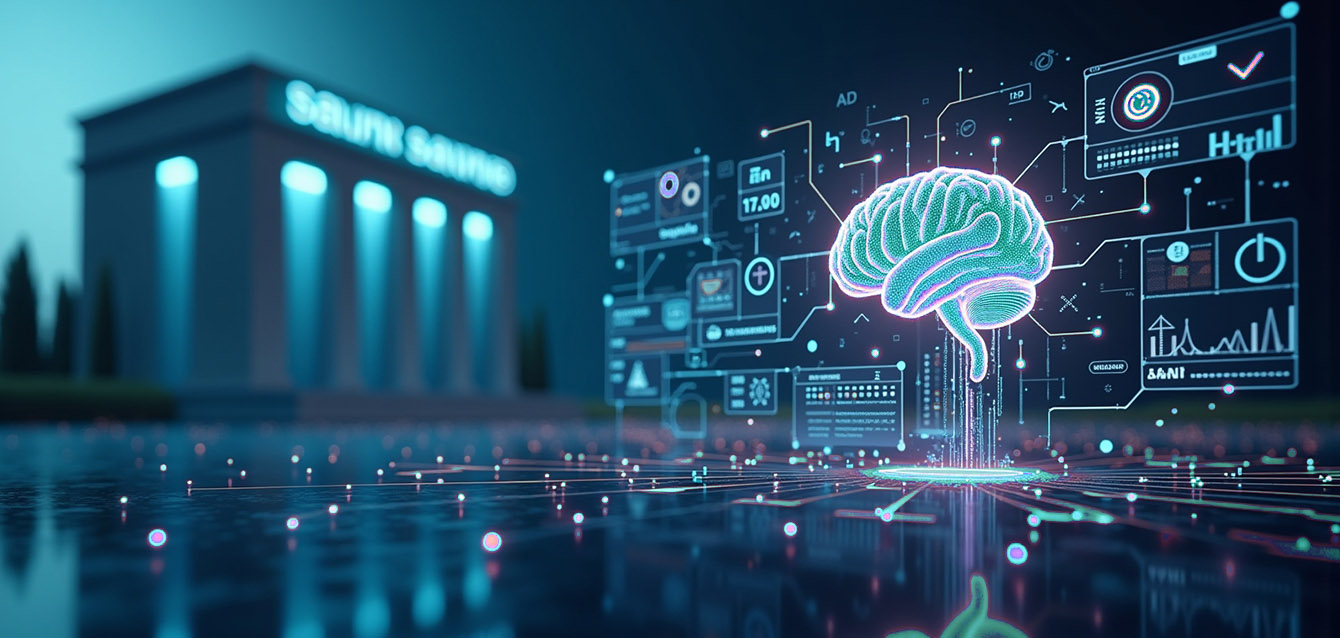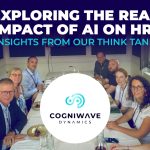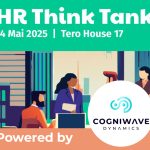Introduction Credit scoring is a cornerstone of the modern financial system. It enables banks and credit institutions to assess the creditworthiness of an individual or a company before granting a loan. Traditionally based on rigid statistical models and structured data from credit bureaus, this system now shows its limitations: exclusion of a portion of the population known as the « financially invisible, » lack of contextualization, potential biases, and limited flexibility.
In this context, Artificial Intelligence (AI) emerges as a disruptive solution, capable of radically transforming the traditional approach to credit scoring. By leveraging alternative data sources, powerful machine learning algorithms, and continuous learning mechanisms, AI enables more accurate, dynamic, and inclusive credit risk assessments.
I. Limitations of Traditional Credit Scoring Models Conventional scoring systems primarily rely on five factors:
Payment history, level of indebtedness, length of credit history, types of credit used, and new credit applications. While effective in many cases, these criteria often fail to accurately assess:
- Individuals with no credit history (students, young adults, freelancers, new immigrants, etc.).
- Atypical profiles or entrepreneurs with variable financial flows.
- Populations in emerging or underbanked regions.
As a result, millions of people worldwide are excluded from traditional financing circuits due to the lack of « readable » data for conventional scoring tools.
II. AI as a Catalyst for Fairer, Smarter Scoring
- Integration of Alternative Data One of AI’s major contributions to credit scoring is its ability to exploit a wide range of alternative data, such as:
- Real-time banking transactions.
- Utility bill payments (electricity, water, phone, etc.).
- Rental payment histories.
- Online browsing or purchasing behavior.
- Social media data (activity, geographic stability, declared profession).
- Smartphone usage (call duration, recharge frequency—especially in certain countries).
By analyzing these often unexplored sources, AI can evaluate the financial stability, consistency, and reliability of individuals—even without formal credit histories.
- Machine Learning and Predictive Models AI leverages machine learning techniques to train models that predict the probability of loan default.
Let us consider a binary classification model aimed at estimating the probability P(y = 1 | X), where y = 1 indicates a loan default, and X represents the input features. Common models used include logistic regression:
P(y = 1 | X) = \frac{1}{1 + e^{-w^T X}}
as well as non-linear models such as Random Forests, Support Vector Machines (SVMs), and Deep Neural Networks.
Model performance is evaluated using metrics such as AUC-ROC, precision, recall, and F1-score, which assess the model’s ability to distinguish between good and bad payers.
- Enhancing Financial Inclusion By removing the dependence on formal credit history, AI models promote financial inclusion. They enable: • Integration of young and underbanked populations. • Fairer credit conditions for profiles previously considered too risky. • Reduced barriers to financing for SMEs in developing countries.
III. Challenges of Using AI in Credit Scoring
- Transparency and Explainability One of the main challenges posed by AI is the « algorithmic black box. » Unlike traditional linear models, machine learning models are often complex, hard to interpret, and do not always allow for clear justification of decisions.
Approaches such as LIME (Local Interpretable Model-Agnostic Explanations) and SHAP (SHapley Additive exPlanations) help approximate the importance of variables for a given prediction by building locally interpretable models.
- Risk of Algorithmic Bias AI is also subject to biases present in the training data. If datasets are unbalanced or reflect systemic discrimination (gender, origin, geographic location), models may reproduce or amplify these biases.
In the case of imbalanced binary classification, fairness can be measured using indicators such as:
- Demographic Parity: P(\hat{y} = 1 | A = 0) = P(\hat{y} = 1 | A = 1)
- Equal Opportunity: P(\hat{y} = 1 | y = 1, A = 0) = P(\hat{y} = 1 | y = 1, A = 1)
where A is a sensitive attribute (e.g., gender, ethnicity).
Regulation and Compliance With the enforcement of the European AI Act and stricter application of the GDPR, automated scoring systems must meet stringent requirements for transparency, traceability, explainability, and personal data protection.




